Denso Mason jack up floor for Test Room
Denso Mason jack up floor for Test Room
1140 Views
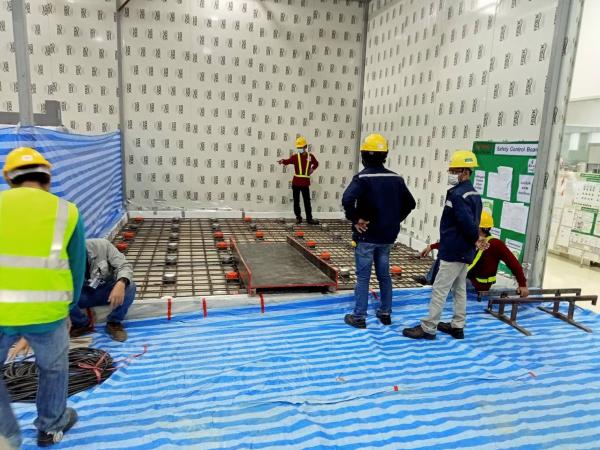
Project: Denso Sound Test Room
Location : Samutprakran province
Specified Isolation Method : Mason Jack up Floating floor.
Turnkey system : Design and installation
Result : Noise measurement NC25 refer NC Standard
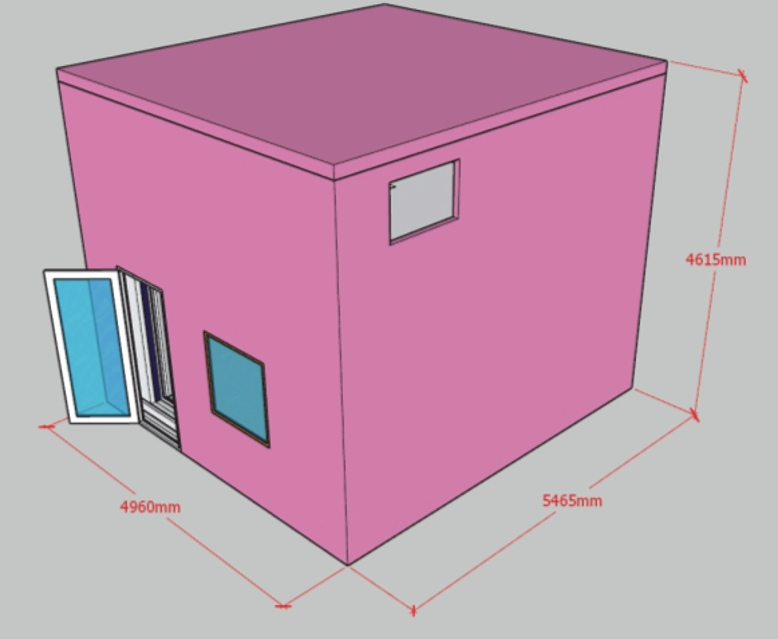
Acoustic floating floors are used to control the transmission of noise or vibration between noisy and quiet environments. Typically, acoustically isolated walls and ceilings are built on the floating floor to create a ‘box-in-box’ construction.
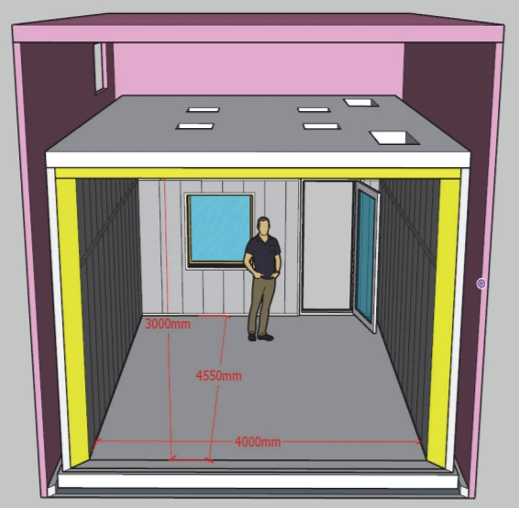
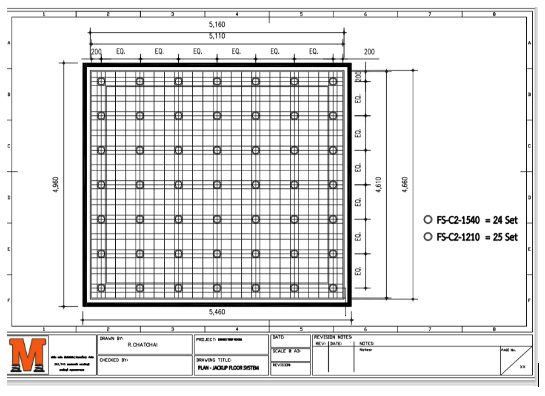
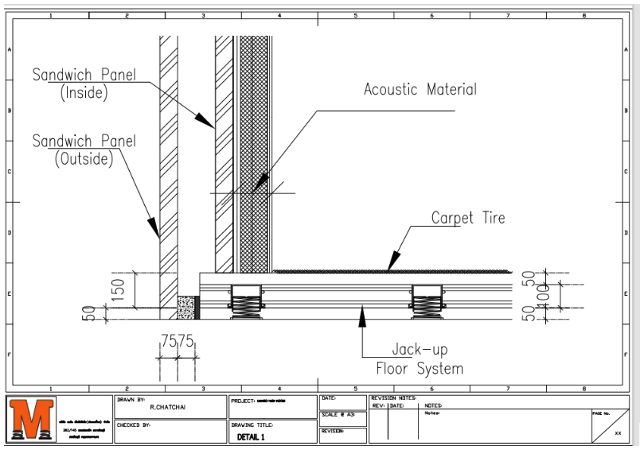
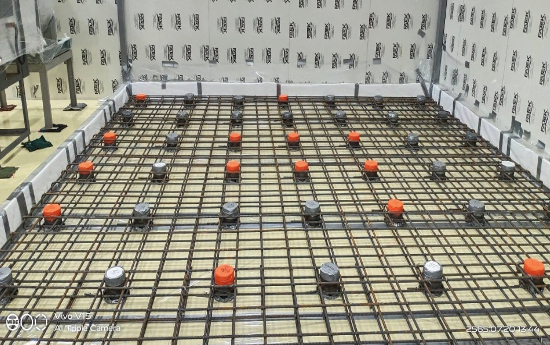
Concrete floating floors comprise of a reinforced concrete layer, supported by spring isolators. These floors typically use a jack-up system to raise the concrete floor as this offers a number of construction and acoustic benefits. Concrete floating floors are stable and, due to high mass, offer the best possible isolation performance.
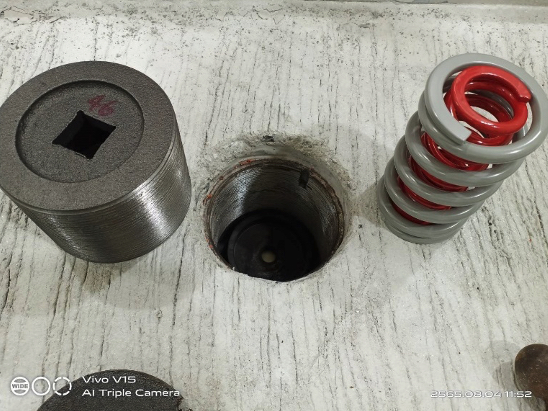
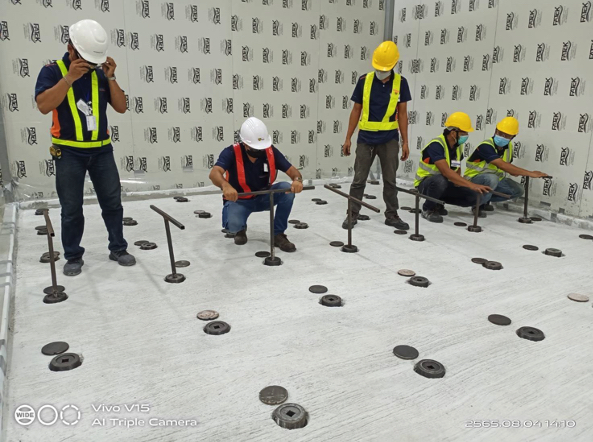
A floating floor functions by removing any rigid connections between the floor and the structural floor, through which vibration could be transmitted. The resilient elements which support the floor deflect under load to absorb noise and vibration. The level of deflection directly effects the performance of the floor, often noted as system natural frequency (Hz), isolation efficiency (%) or transmission loss (dB).
This solution greatly reduces the noise levels or energy transmitted to the quieter area.
We can help with design, specifications, and selection of the appropriate systems for your architectural isolation project. Our engineers can produce details CAD drawings and carry out load calculations for a variety of isolation problems.
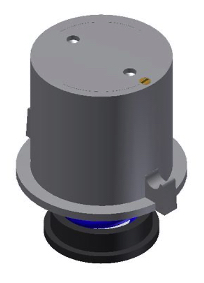
FS
We believe that the most fool-proof and safest way to establish the air gap is the jack-up or lift-slab method. Plastic sheeting is placed on the sub-floor as a breaker layer, isolators are placed on the plastic sheeting, reinforcing steel or mesh rests on the isolator housings, and the concrete floor is poured. After the concrete has cured, the slab is lifted to elevation by turning adjustment bolts above each isolator to any specified air gap between 1” and 4”.
